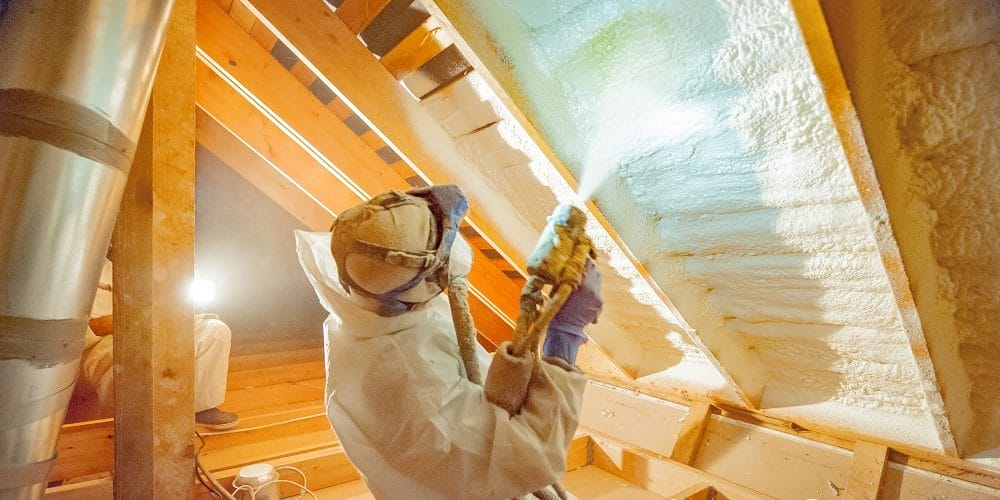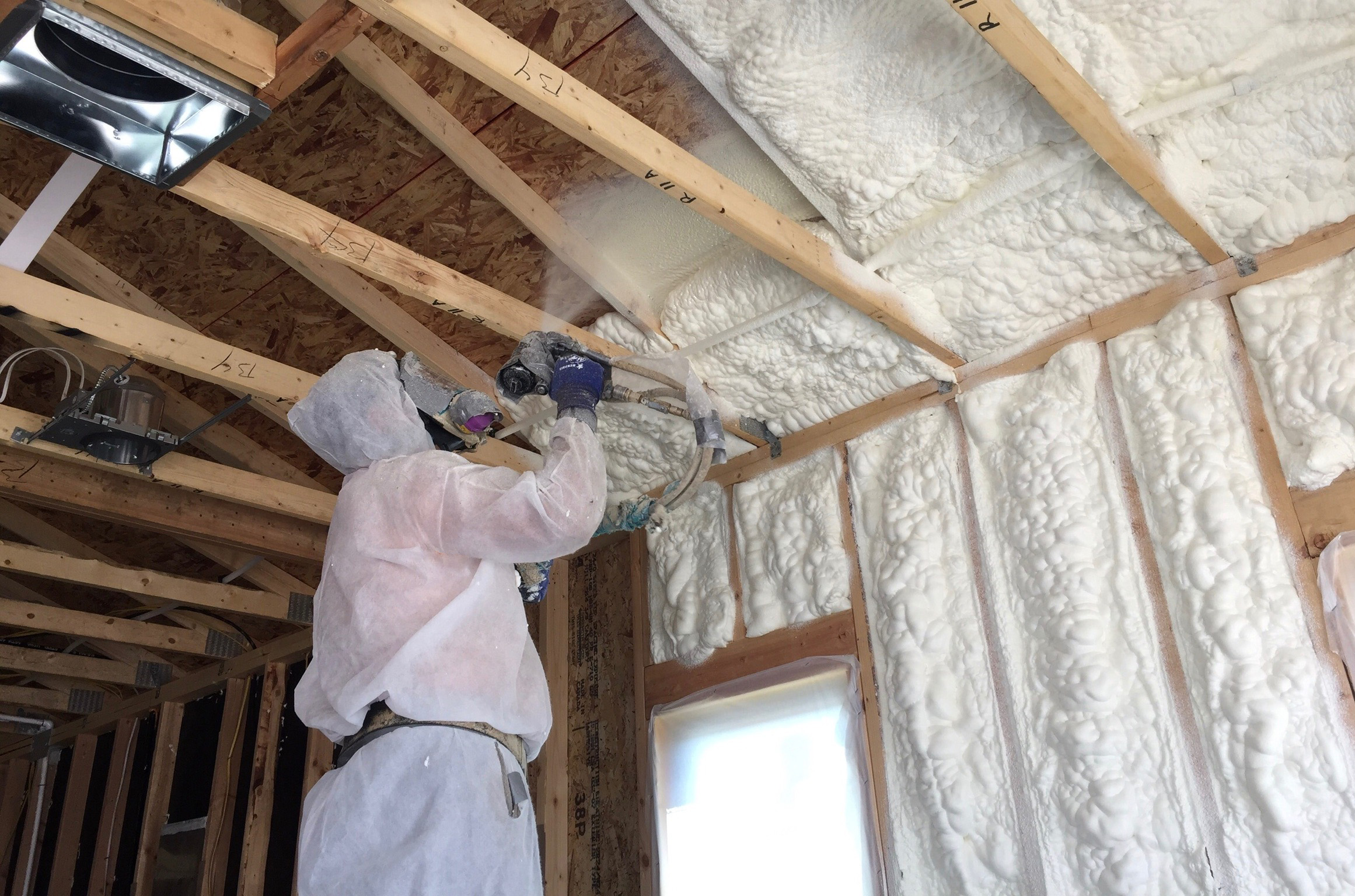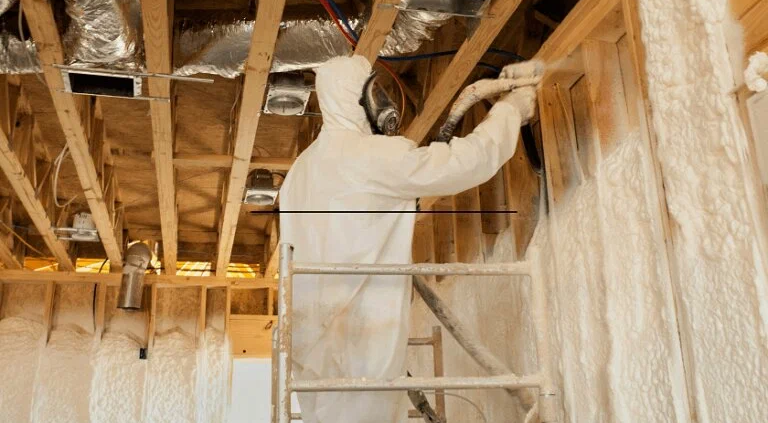What Spray Foam Contractor Won’t Tell You About Insulation Longevity
Spray foam insulation is often marketed as a permanent solution—a one-time install that protects your home or commercial property for decades. What doesn’t always get said is that real-world performance depends on conditions few installers bring up. In fact, a study from the Building Science Corporation shows that 20% of foam applications underperform within 5 years due to installation and material issues.
In Frankfort, IL’s mix of humid summers and freezing winters, spray foam performance can vary drastically depending on the experience level of the applicator, material choice, and prep quality. This matters to property owners trying to cut energy waste and maintain air quality. Here’s what to know for hiring the best spray foam insulation contractor in Frankfort, IL.
Why Insulation Longevity Isn’t Guaranteed
Most people assume spray foam lasts the life of the building. That assumption often fails when overlooked factors degrade performance.
Climate Exposure Impacts Foam Integrity
Even high-quality spray foam reacts to environmental changes. In Frankfort, temperature swings create expansion-contraction cycles that affect adhesion and cell structure. Moisture from roof leaks or poor ventilation can speed degradation, especially with open-cell foam.
Material Choice Influences Lifespan
There are different grades of foam, and not every application uses long-lasting options. Closed-cell foam, for example, resists moisture better and has a denser structure—but only if applied correctly. Lower-quality foam may shrink or pull away from studs within a few years.
Poor Prep = Reduced Life
Insulation longevity often comes down to prep. Foam requires clean, dry surfaces and specific temperatures. Rushed jobs or inexperience lead to hidden failure points. Long-term performance begins before the gun is ever loaded.

Application Method Affects Durability
Longevity depends not just on the foam but how it’s sprayed.
Thickness Matters for Thermal Stability
Many installs fail to meet minimum depth requirements. Too little foam won’t provide lasting thermal resistance, and inconsistent coverage leaves gaps.
Equipment Calibration Makes or Breaks the Job
Temperature, pressure, and mix ratios all influence the foam’s final chemistry. Experienced spray foam teams in Frankfort use calibrated rigs and test patches before full application. Sloppy work often leads to premature failure.
| Factor | Poor Install | Optimized Install |
|---|---|---|
| Foam Thickness | Inconsistent | Uniform and measured |
| Surface Prep | Wet/dirty framing | Clean and conditioned |
| Material Quality | Off-brand foam | Certified closed-cell or open-cell |
| Installer Experience | Untrained crew | Professional spray foam team |
Common Misconceptions About Spray Foam Performance
A trusted foam contractor won’t let these myths stand. Yet they persist in marketing.
“It lasts forever” isn’t a fact
Foam can last decades, but not always. HVAC leakage, roof issues, or framing shifts can all reduce its performance lifespan. Home insulation specialists in Frankfort have seen 10-year-old installs fail when conditions change.
More foam isn’t always better
Applying too much foam can create structural stress or fire code issues. Spray foam professionals in Frankfort know how to balance R-value goals with material limits.
Not all foam is created equal
Some installers cut costs with unlisted or imported foam. These cheaper products may not meet U.S. durability standards. Look for foam application specialists using material from certified manufacturers.

Where Longevity Breaks Down in Residential and Commercial Settings
Foam performance depends on the building environment. Frankfort homes and commercial buildings face distinct challenges.
Residential Settings: Common Foam Failures
- Basements and crawlspaces with water intrusion degrade foam quickly
- Attics with poor ventilation cause humidity build-up, leading to delamination
- Wall cavities with inconsistent coverage allow thermal bridging
Commercial Applications: Longevity Pressures
- Flat roofs with ponding water create moisture entry risks
- High traffic ceiling areas suffer impact damage
- Retrofits into old structures may face adhesion loss due to contamination
Signs Your Foam Insulation May Be Underperforming
Home and building owners in Frankfort should watch for these indicators.
- Uneven temperatures between rooms
- Unexpected energy bill increases
- Visible cracks or foam shrinkage
- Indoor air quality complaints
Professional spray foam inspections can confirm issues before they worsen.
Who You Hire Changes the Outcome
Every step—from assessment to spray depth—affects foam longevity. The most reliable insulation firms treat these as critical, not optional.
Foam Specialists Use Building Science to Guide Work
Long-term performance comes from aligning insulation with ventilation, HVAC, and moisture management strategies. That’s where residential insulation partners who stay current with building science make a difference.
Experience Reduces Risk of Failure
Experienced spray foam teams in Frankfort know how to avoid common faults: bridging, thin spots, or overexpansion. In contrast, poorly trained crews often miss these until the damage is done.

How to Choose a Reliable Spray Foam Partner
Check for:
- Material brand certification
- Ongoing installer training
- Project-specific planning (not templated quotes)
- Local references
- Building science integrationConclusion
The promise of 30-year insulation performance depends on more than the foam itself. From Frankfort’s extreme weather to installer skill and building conditions, insulation longevity is never automatic. Ask the right questions before the job starts—because fixing it later costs more.
Ready to Achieve Energy-Efficient Indoor Performance?
Insulation impacts indoor comfort, moisture control, and monthly utility use. South Chicago Insulation helps Frankfort residents and commercial property owners get the best results from energy-efficient foam insulation. The team uses building science and certified foam products to deliver lasting solutions.
Call South Chicago Insulation at (779) 803-8025 or email ask@southchicagoinsulation.com to book your inspection.
FAQs
How long does spray foam insulation last in Frankfort’s climate?
Spray foam insulation can last 20 to 30 years, but extreme temperatures and humidity can shorten that span. Building conditions and installer quality also affect the outcome.
Can bad installation shorten foam lifespan?
Yes. If foam is applied too thin, on damp surfaces, or at incorrect temperatures, it may shrink, crack, or detach from framing. These issues often show up within the first 5 years.
Does spray foam need maintenance?
While it doesn’t require regular maintenance, periodic inspections help ensure the foam remains airtight and free from moisture damage. This is especially true for areas like attics or basements.
Is closed-cell or open-cell better for longevity?
Closed-cell foam typically lasts longer due to its rigidity and moisture resistance. Open-cell can work well in interior spaces but is more vulnerable to water damage and airflow changes.
What should I ask before hiring a spray foam team?
Ask about training, certification, material source, and prep process. A quality-focused team will answer with specific details, not general promises.
Author: Bob Gasca attended his first spray foam training in 2007 and has continued to pursue yearly training to stay current with the latest technology and practices. He is a certified Spray Foam Master Installer through the SPFA and a member of the SPFA. Additionally, Bob serves as a Spray Foam Worldwide Ambassador, sharing information with spray foam professionals globally. Recently, he returned from a building science training, where he expanded his knowledge on how weather conditions affect home performance, helping him better diagnose and improve home health for families. Bob specializes in finding solutions to complex moisture and air infiltration issues.
Reviewer: Noah Gonzalez reviewed this article and drew on 9 years of experience to offer suggestions that make the guidance more directly useful for insulation contractors.



Leave a Reply
Want to join the discussion?Feel free to contribute!